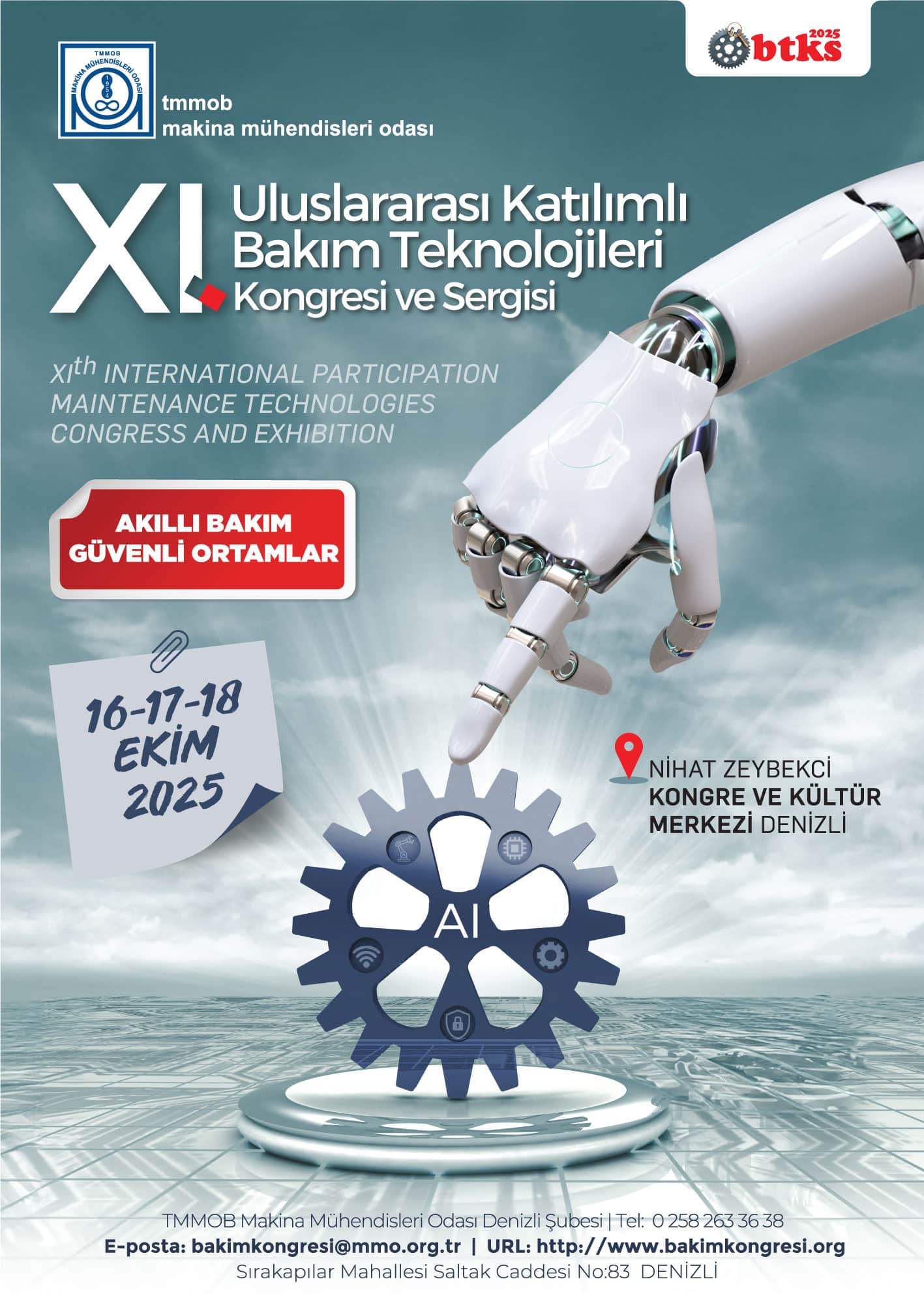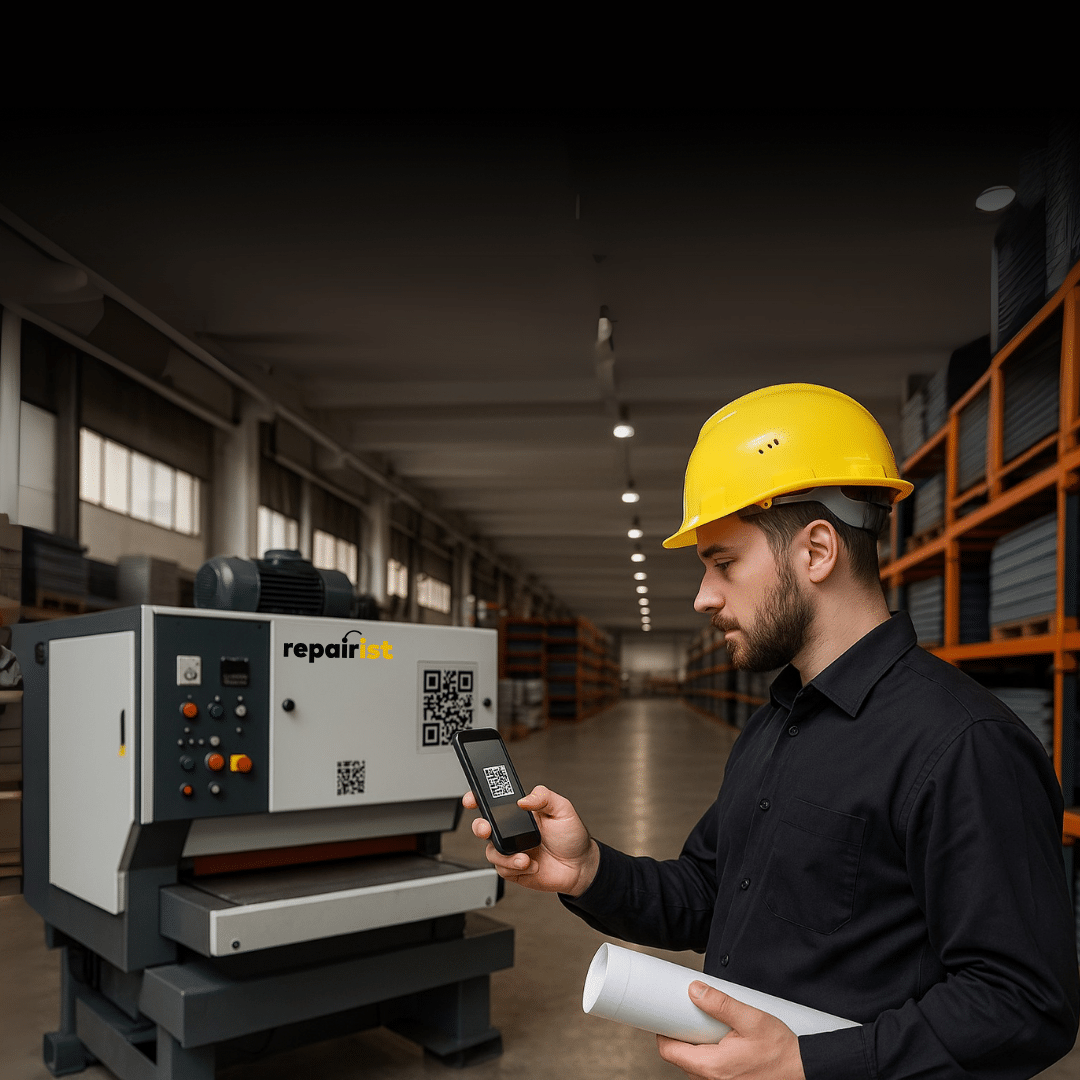How to Implement ISO 55000 with a CMMS?
In industrial operations, efficiency, cost control, and equipment reliability are no longer just maintenance concerns; they have become direct strategic asset management issues.
At this point, the ISO 55000 Asset Management Standard provides an international framework that helps organizations manage their assets systematically and sustainably.
So how can the requirements of ISO 55000 be implemented using the right CMMS (Computerized Maintenance Management System)?
In this guide, you will find a comprehensive and practical explanation of ISO 55000 and how Repairist CMMS supports this standard.

What Is ISO 55000?
ISO 55000 is an international standard that defines how to establish an asset management system that ensures all assets owned by an organization—such as machines, equipment, infrastructure, and facilities—continue to create value throughout their entire lifecycle.
The standard consists of three core documents:
- ISO 55000: Concepts and terminology
- ISO 55001: Requirements (the main document used for certification)
- ISO 55002: Implementation guidelines
The fundamental purpose is simple:
Maximize value from assets while optimizing risks, costs, and performance.
Meeting ISO 55001 Requirements with a CMMS
Below is a step-by-step explanation of how key ISO 55001 clauses are fulfilled using a CMMS.
1. Asset Registration and Classification
ISO Clause: “Asset Information Requirements”
ISO 55000 requires all organizational assets to be accurately identified and classified.
How a CMMS supports this requirement:
- All assets are recorded digitally
- Information such as serial number, location, model, and purchase date is stored
- Asset hierarchy is created (facility → area → line → machine)
- QR code or barcode labels make asset data accessible from the shop floor
Repairist CMMS advantage:
You can easily group assets within a structured facility hierarchy.
2. Lifecycle Management
ISO Clause: “Asset Lifecycle Activities”
The standard requires full control over the entire lifecycle—from procurement to decommissioning.
How a CMMS supports this requirement:
- Complete maintenance history is recorded
- Breakdowns, downtime, and preventive maintenance logs are visible
- MTTR, MTBF, and lifecycle performance reports are generated
Repairist CMMS advantage:
You can forecast “replacement time” using lifecycle data.
3. Risk Management & Preventive Maintenance Planning
ISO Clause: “Risk-Based Asset Management”
ISO 55000 clearly emphasizes the need for risk-based maintenance.
How a CMMS supports this requirement:
- Critical assets are identified
- Time-based and meter-based PM tasks are created
- High-risk assets receive more frequent maintenance
- Automated reminders reduce the likelihood of failures
Repairist CMMS advantage:
You can build color-coded maintenance plans based on asset criticality.
4. Performance Monitoring (KPIs & Reporting)
ISO Clause: “Performance Evaluation”
ISO requires organizations to regularly measure asset performance.
How a CMMS supports this requirement:
- MTTR / MTBF tracking
- Failure analysis
- Downtime tracking
- Preventive vs corrective maintenance ratios
- Cost analysis and maintenance spending reports
Repairist CMMS advantage:
Provides ready-to-use KPI dashboards for management.
5. Information Management & Documentation
ISO Clause: “Documented Information”
ISO 55001 requires all processes to be documented and accessible.
How a CMMS supports this requirement:
- Digital work orders
- Maintenance request records
- Equipment manuals, images, and documents
- Spare parts inventory
- Complete maintenance history
Repairist CMMS advantage:
All documents can be linked directly to the asset and viewed from the mobile app.
6. Continuous Improvement
ISO Clause: “Improvement Requirements”
ISO requires ongoing improvement of maintenance and asset processes.
How a CMMS supports this requirement:
- Failure trend analysis
- Root Cause Analysis (RCA)
- Data-driven maintenance strategies
- Annual performance and downtime reports
Repairist CMMS advantage:
Automatically processes failure and downtime data for insights.
Does Using a CMMS Make ISO 55000 Certification Easier?
Yes. Although a CMMS is not mandatory for ISO 55000 certification:
- It directly meets roughly 70% of the requirements
- Digital records significantly improve audit scores
- Proves the existence of a functional asset management system
- Increases organizational maturity
- Eliminates gaps in risk management, performance tracking, and preventive maintenance
This is why many organizations begin their ISO 55000 journey with a CMMS investment.
Why CMMS Is the Most Powerful Tool for ISO 55000 Compliance
ISO 55000 aims to help modern organizations build sustainable, reliable, and cost-effective asset management systems.
Most of these goals are practically impossible without a CMMS.
A strong maintenance management system like Repairist CMMS:
✔ Digitalizes all assets
✔ Standardizes preventive maintenance
✔ Supports risk-based maintenance
✔ Automates KPI tracking and reporting
✔ Ensures documentation is audit-ready
As a result, a CMMS not only helps meet ISO 55000 requirements—it provides true operational excellence for the entire organization.

Next Steps
Have you received sufficient information about “ISO 55000 Asset Management Standard” ?
repairist is here to help you. We answer your questions about the Maintenance Management System and provide information about the main features and benefits of the software. We help you access the repairist demo and even get a free trial.
Aybit Technology Inc.







